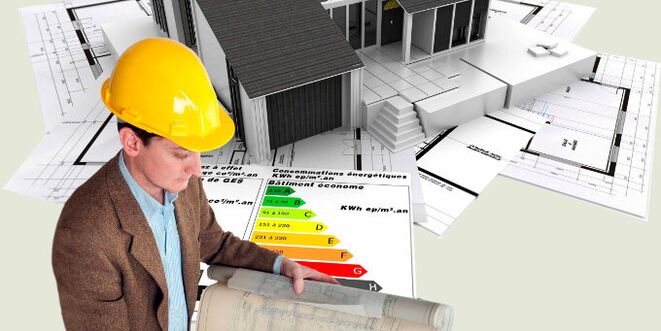

Energy savingIt is a set of measures to reduce the degree of negative impact on the environment, as well as to save money on the purchase of energy resources.
The Energy Saving and Energy Efficiency Program is a document that establishes certain rules in the field of energy saving for specialized organizations.
Which institutions and organizations are required to implement energy saving programs:
organizations whose activity is subject to state regulation;
state and municipal institutions;
enterprises engaged in the production or transportation of fuel and energy resources (fuel and energy resources);
organizations in which the energy efficiency and energy saving program is financed from the local (federal) budget;
organizations that annually spend more than 50 million rubles on fuel and energy resources.
Purpose of the program- saving heat and electricity, natural gas, motor fuel, water, etc. , competent use of resources, as well as organizing a common holistic approach to conducting various energy saving procedures.
The planned goals are achieved through:
increasing the productivity of electrical and heat supply systems, water supply and sewerage systems;
use of highly efficient equipment and materials;
introduction of the latest and proven energy saving technologies;
installation of measuring instruments;
organizing various measures aimed at the economical use of energy and resources. For example, employee training, monitoring the operation of heating equipment, monitoring the dynamics of energy consumption, etc.
Based on these regulations, an energy saving program is developed:
"On energy saving and energy efficiency";
"On the requirements for regional and municipal programs in the field of energy saving. . . ";
"On additional measures to stimulate energy savings";
"To increase the efficiency of energy and water use. . . "
"On the procedure for establishing requirements for energy saving and energy efficiency programs for regulated entities"
The above program necessarily includes:
Information on targets that may show a reduction in consumption in physical terms and under comparable conditions;
List of energy saving measures (organizational, administrative, technological, aggregate and automation);
Explanatory note;
Passport of the program.
Stages of development of this program:
First, the specialists collect data on the consumption of resources for the last year of the enterprise's activity. This is helped by the readings of the measuring instruments, as well as the accounting documents;
Then (if necessary) an energy survey of buildings and facilities is carried out. The reasons for the unjustified consumption of energy resources are being clarified. The possibilities for energy saving are assessed;
Energy consumption targets and indicators have been set. Energy efficiency measures are developed and technical and economic indicators for these measures are calculated. The amount and source of funding are determined;
The passport of the energy efficiency program is being developed.
Important moments in the development and implementation of energy saving programs:
Budget organizations must reduce their consumption by at least 3% annually. Budget administrators monitor compliance with this requirement and savings over 3% remain within the enterprise or institution;
It is forbidden to buy goods that are inefficient in terms of energy consumption. These are incandescent lamps, etc. At least 5% of the purchased lighting fixtures must be LED lamps. At least 10% of the total number of installed insulating glass panes must have a low-emission coating;
A mandatory event is the installation of measuring instruments.
For organizations performing regulated activities (transmission of electricity, water, heat, etc. ), the Program for energy saving and energy efficiency is developed for 3 years, if there is an existing investment program - for the duration of the program.
























